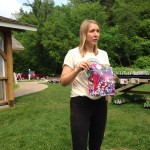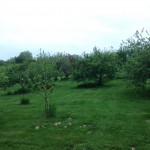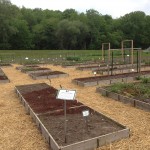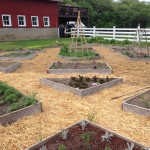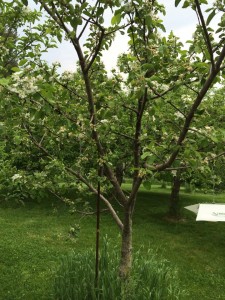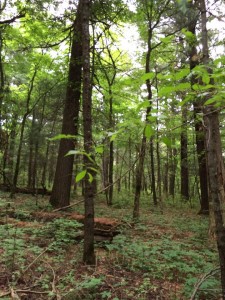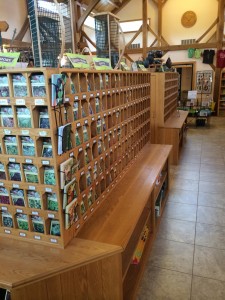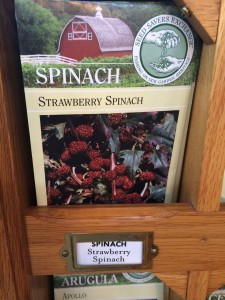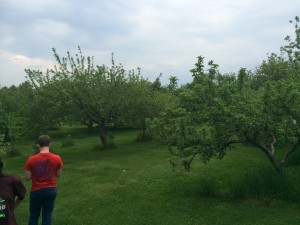Today was a rather easy-going day. Due to the fact that our only obligation for the day was at 3:30 p.m., the group got a few hours to ransack Iowa City, otherwise known as the home of the University of Iowa. It was pretty much your standard college town, featuring a good amount of different cuisine varities, more than enough alternative clothing stores, and several trendy bookstores. One such bookstore was called the Haunted Bookshop, Iowa City’s oldest secondhand bookstore. It was a quant little used bookstore, but my personal favorite aspect of the store was the cat. It had long, soft gray and white fur and quite literally demanded attention by constantly meowing and lying right in the middle of the stairs.
But enough about the bookstore. It wasn’t the point of today. The real objective was to meet with Mary Mascher, a Democratic representative in the Iowa House of Representatives from Iowa City. Facilitated by another one of Dr. HN’s high school buddies, Rep. Mascher invited us to her house to discuss Iowa politics and whatever topics we decide to bring up. She also had over another state representative, Sally Stutsman, along with Jim Walters, a local environmentalist and tree enthusiast; David, owner of Friendly Farm; and Lance, a friend of David’s, worker at Friendly Farm, and also a Ph.D. candidate in water sustainability and climate change. They each told their story and what stake they have in Iowa politics and culture. Having already conversed with people with more Republican inclinations, we now got a Democratic and relatively more urban position on Iowa’s most important issues. Because we are working on Farm politics and policies, Mascher gave her opinion on sustainability and the nutrient standards that seek to regulate the amount of nutrients flowing into waterways. In true Iowan form, she expressed strong opposition to EPA involvement in the matter—that is, if the water gets so bad that the EPA comes in and forces a plan on the entire state—and even went on to say that she doesn’t believe government is always the answer. Mascher would like to see voluntary compliance with the nutrient standards, but she doesn’t believe it will happen if there aren’t enough funds to give famers that boost in modifying their land. Republicans have been opposing such funds, only dragging out the time it will take to reach the minimum contamination goal.
Lance brought up an interesting point about sustainability: it is not just about the environment. You actually need a good balance between financial, environmental, and social sustainability. Without one or the other, the gains will only be short-term and blowback may even force the movement backwards. Jim, the tree enthusiast, expressed his opinion that the best way to achieve this balance is to start small. Find problems in your own life and your own local area and solve them before you try any bigger endeavors. Mascher and the others agreed. I’ll admit that I never truly thought of sustainability in that way. Perhaps it provides some of the motivation to many state legislators, and why they don’t always attempt huge endeavors or run for national office. If they can make things right in Iowa, they can set an example for the rest of the states.
One interesting dynamic to the group is Sally Stutsman’s non-legislator occupation. Like most Iowans, she works in conventional agriculture but also wants to be as sustainable as possible. However, she has a stake in her husband’s fertilizer and chemical company, an aspect of conventional farming that perhaps attracts the most condemnation from environmentalists. All agreed that we will never see all the changes that environmentalists want until these changes become economically viable and/or beneficial.

